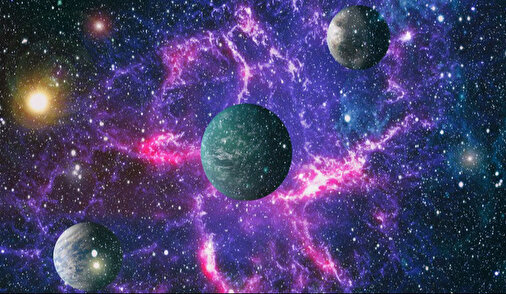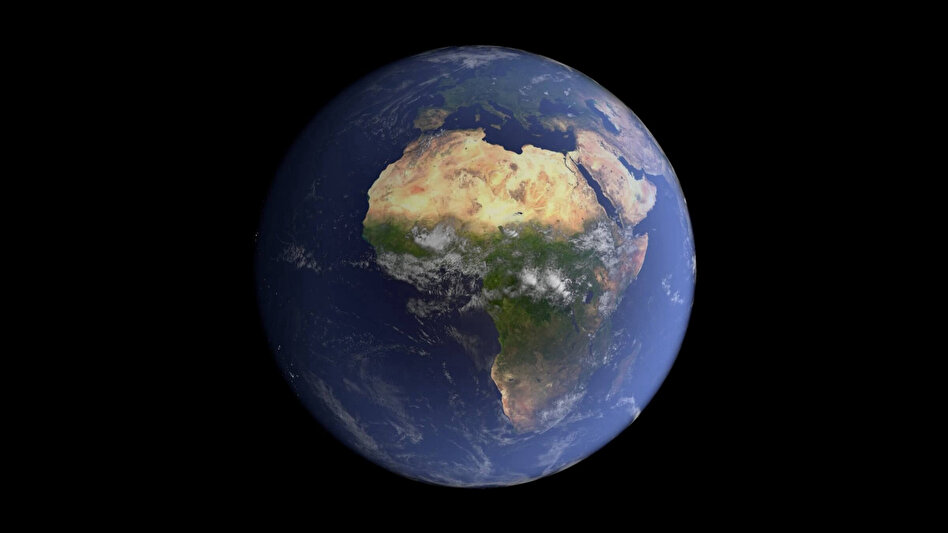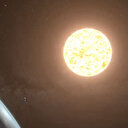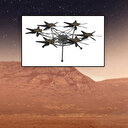NASA to create most colorful 3D map of the entire sky

Every point in the sky will be recorded with 102 different infrared color tones.
SPHEREx will launch into space on Friday, February 28, and will scan the sky four times over the next two years. By the end of the mission, every point in the sky will have been recorded in 102 different infrared hues.
"We will measure the spectrum of every pixel. We will analyze all types of objects, including planets, stars, galaxies and comets," said Olivier Dore, an astrophysicist and SPHEREx project scientist at NASA's Jet Propulsion Laboratory.

SPHEREx reportedly has three main goals: to investigate what the universe looked like immediately after the Big Bang, to measure the total amount of light in the universe by mapping the light emitted from all galaxies, and to determine the presence of water and other elements critical for life in the Milky Way. To achieve these goals, SPHEREx will analyze the spectra of light in the universe and provide information about the distance and direction of motion of the light source.

The three-dimensional (3D) map that SPHEREx will eventually create will include the relative positions of 450 million galaxies. This data will be used to test theories of cosmic inflation, which is thought to have occurred in the early universe. SPHEREx will also be used to calculate all the light emitted since the beginning of the universe. The data will help understand where the light came from, when it was emitted, and how it has changed over time.
SPHEREx will study the Milky Way for critical life-sustaining compounds, such as water ice, carbon dioxide, and carbon monoxide, to help elucidate the formation conditions of potentially habitable planets. The presence of these elements in molecular clouds increases the likelihood that these components are carried to young planets. The data collected by SPHEREx will be combined with narrower but deeper-viewing observatories, such as the James Webb Space Telescope (JWST), to provide scientists with more comprehensive analyses.
yenisafak







-SOURCE-Matthew-Korfhage.jpg&w=1280&q=100)
